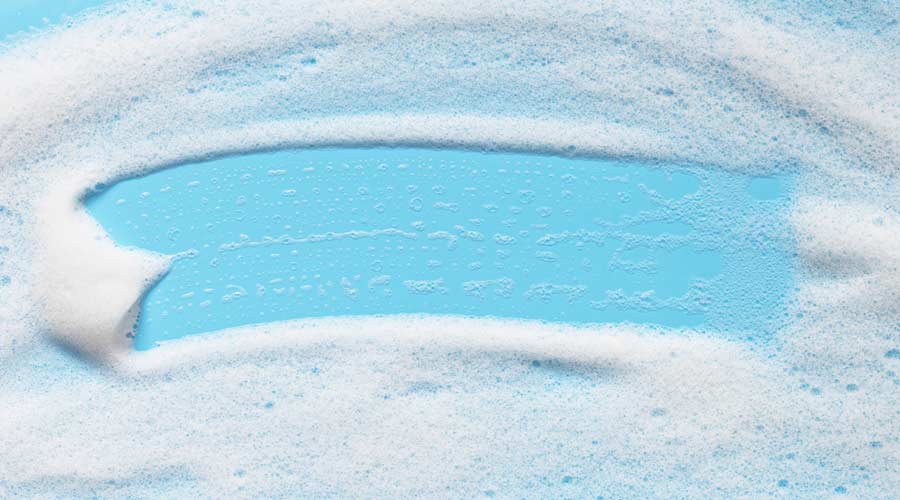
Contributed by Phil Carrizales, I.C.E-T, A.C.T., Director of Hygiene and Facility Solutions, ACME Paper & Supply Co.
As 2025 approaches, facility managers and owners who keep their eyes on emerging trends have an advantage in a continually evolving industry. From new technologies, stricter and greener standards, and a focus on health and sustainability, there are several areas to focus on as we move into the new year.
1. Sustainability and Green Cleaning Practices
Sustainability and green cleaning practices have been far-reaching over the past several years and for many building operators, they’ve become standard processes. As we move into 2025 and beyond, we will see green cleaning solutions become more mainstream, more cost-effective, and gentler on the environment and the teams who clean the buildings, not to mention occupants. The biodegradable, non-toxic cleaners on the market today are safer for humans and nature alike.
In this era of sustainability, certifications like Green Seal and EcoLogo, which ensure adherence to strict environmental standards, continue to gain traction. Green practices like conserving water, reducing waste, using non-toxic chemicals, and investing in energy-efficient equipment are the norm, not the exception. Building occupants are taking notice of things like low VOCs, fragrance-free cleansers, and the use of less toxic cleaning chemicals. Not only is going green the right thing to do, but it’s setting businesses apart in an increasingly eco-conscious market.
2. Smart Cleaning Technologies
Mopping and waxing floors, turning on faucets, or manually using a vacuum are becoming less common in high-traffic facilities like business parks, hospitals, and schools. In 2025, the automation of cleaning processes will continue to grow with the rise of robotics and self-cleaning technologies. Autonomous and robotic vacuums and floor scrubbers, for example, are becoming more widespread in large commercial spaces, taking on repetitive tasks that free up staff for more specialized work. Smart cleaning technologies not only lower labor costs but address ongoing labor shortages and contribute to a safer work environment.
This, combined with the integration of robotics with IoT (Internet of Things), provides real-time monitoring, efficiency, and control of cleaning operations. The use of smart sensors and people counters in high-traffic areas like restrooms track real-time performance, optimize cleaning schedules, and alert staff when maintenance is needed.
The demand for these smart technologies will continue to grow. In 2025, the spotlight will be on increased efficiency and smarter cleaning practices for facility managers.
3. Health and Wellness
The health and hygiene focus from the Covid era continues to be carried forward five years later. We can expect a continued emphasis on regular disinfection of high-touch areas, improved indoor air quality, integration of touchless fixtures such as automatic faucets and paper towel dispensers in restrooms, as well as investment in technologies like UV-C light and electrostatic sprayers. More buildings are also seeking certifications like WELL Building Standard and Fitwel, which stress the importance of cleanliness in supporting overall health.
In healthcare settings, the broader adoption of hypochlorous acid or HOCL is a disinfecting trend to watch. The natural, non-toxic, and highly effective disinfecting and sanitizing properties of HOCL, while not yet mainstream, are piquing the interest of the industry as more facilities become aware of HOCL’s valuable and multiple uses.
4. Data-Driven Solutions
Like many other industries, digital transformation is reshaping the commercial cleaning industry. Facility managers and operators are turning to data-driven solutions to help modernize cleaning processes and enhance quality. This trend will continue into 2025.
Advanced software tools can track efficiency, show ways to improve cleaning processes, and illustrate real-time cleaning operations, metrics, and compliance tracking all in one dashboard. This takes the guesswork out of cleaning management for facility operators. Mobile apps and digital cleaning portals will also continue to deliver improved communication with customers, allowing for online requests and better tracking of service delivery. Using data to improve cleaning operations will continue to be important for facility managers focused on customer satisfaction and retention.
The trends for 2025 reflect a more thoughtful, technology-driven, and health-conscious approach to facility management and cleaning processes. Sustainability and green cleaning programs, the introduction and integration of smart technologies, and a continued focus on health and wellness practices will be key differentiators in the industry moving forward. Embracing automation and digital tools while investing in existing staff will allow more facility managers to offer environments that are cleaner, safer, and more efficient. Meaningful, cutting-edge, and forward-thinking programs are the name of the game in 2025.
Phil Carrizales is the Director of the Hygiene and Facilities Solutions Division at Acme Paper and Supply Company, one of the nation's largest suppliers of sanitation solutions, disposable food service packaging, restaurant equipment and supply, retail and industrial packaging, and custom-designed packaging. Phil has over 20 years of experience in account management for major cleaning suppliers and is ISSA certified. Phil can be reached directly at pcarrizales@acmepaper.com. For more information visit https://www.acmepaper.com/index.html.
posted on 12/23/2024

 The Down and Dirty on Cleaning in Virus Season
The Down and Dirty on Cleaning in Virus Season How Surfactant Use is Expanding in Commercial Cleaning
How Surfactant Use is Expanding in Commercial Cleaning Clean Buildings Conference
Clean Buildings Conference
